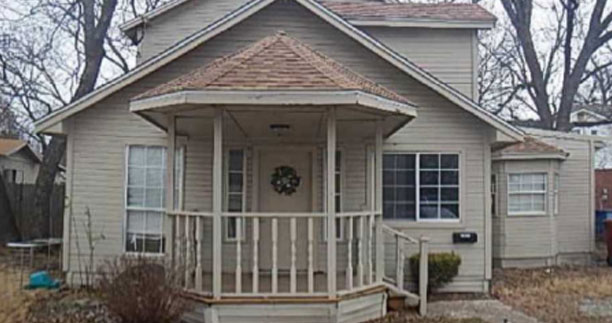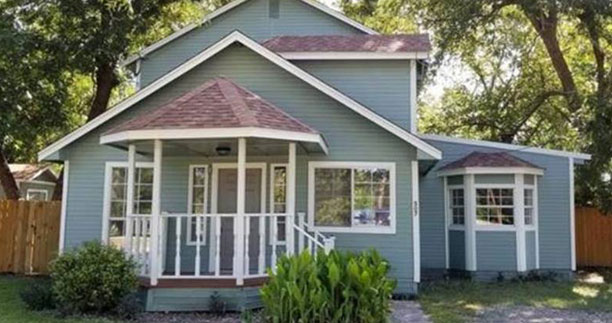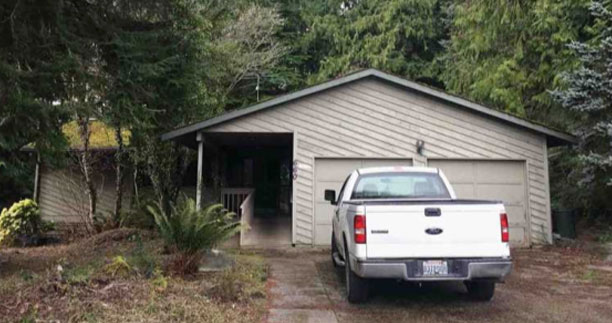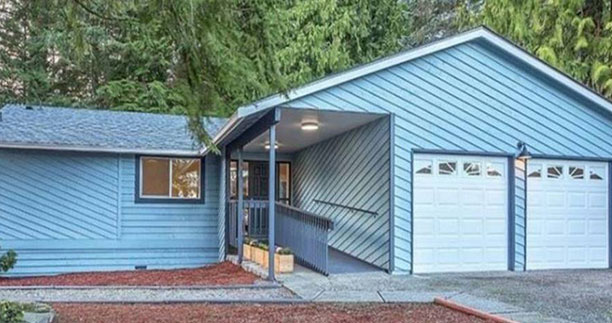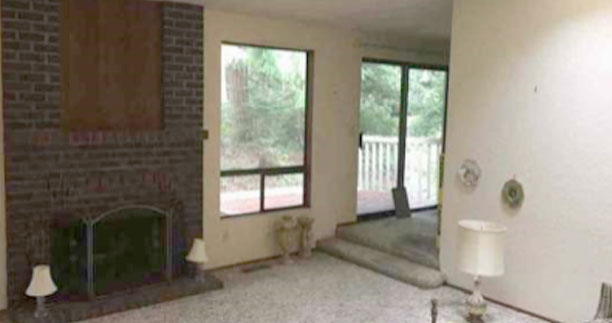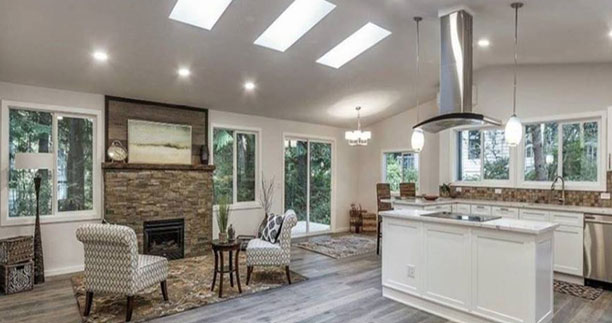Refacing The Kitchen Cabinets For Rehab
Refacing the kitchen cabinets is another popular and effective method to give a dated kitchen a new life, especially in a fix and flip scenario. Refacing involves replacing the visible fronts of the cabinets and drawers and applying a new veneer to the exposed frames. Here’s a detailed guide on updating a kitchen through refacing:
- Assessment and Planning:
- Cabinet Structure: The existing cabinet boxes should be in good condition. Refacing is about changing the exterior, not fixing the structural issues.
- Budget and Materials: Determine your budget and choose materials that fit within it. Wood veneers, laminate, and thermofoil are common refacing materials.
- Preparation:
- Clear the Kitchen: Empty the cabinets and clear the countertops.
- Remove Old Doors and Drawers: Label them if you plan to reuse any hardware or components.
- Clean and Sand: Clean the cabinet boxes thoroughly. Lightly sand the surface to ensure better adhesion of the new material.
- Choose a New Finish:
- Veneer: Select a veneer that matches the desired look, whether it’s a wood grain or a solid color.
- Matching Elements: Ensure that the new doors, drawer fronts, and veneer have a consistent finish.
- Applying the Veneer:
- Cut to Size: Measure the exposed sides of the cabinet boxes accurately and cut the veneer accordingly.
- Adhesion: Depending on the type of veneer, you might use an adhesive. Ensure a strong bond by pressing firmly and removing any air bubbles.
- Trimming: Trim any excess using a utility knife or specialized tool.
- New Doors and Drawer Fronts:
- Measurements: Double-check measurements for the new doors and drawer fronts.
- Styles: Choose a door style that aligns with your desired aesthetic and the property’s target market. Popular choices include shaker, flat-panel, or raised panel.
- Installation: Attach the new doors using hinges. Ensure they’re level and have an even gap all around.
- Hardware:
- Modernize: New handles, knobs, and pulls can significantly impact the look of the kitchen. Choose styles and finishes that complement the new cabinet fronts.
- Installation: Drill holes as required and attach the hardware.
- Optional Additions:
- Moldings and Trims: Adding crown molding or bottom trim can elevate the look.
- End Panels: If the sides of your cabinets are visible, consider adding decorative end panels for a more finished appearance.
- Soft-Close Hinges: These can add a touch of luxury and are appealing to many buyers.
- Glass Inserts: For certain cabinets, consider adding glass fronts for a touch of elegance and to break up the monotony.
- Clean Up and Inspection:
- Final Adjustments: Adjust doors and drawers for alignment and even gaps.
- Clean: Remove any dust or debris and clean the new surfaces as per the manufacturer’s guidelines.
- Complementary Updates:
- Backsplash: A new or refreshed backsplash can complement the refaced cabinets.
- Countertops: Depending on the budget, consider updating or polishing the countertops.
- Paint: A fresh coat of wall paint in a modern color can accentuate the updated cabinets.
Refacing provides a significant visual transformation without the cost and mess of a full kitchen remodel. It’s a strategic choice for fix and flip properties, offering a refreshed look that can appeal to potential buyers, increasing both the property’s marketability and value.

